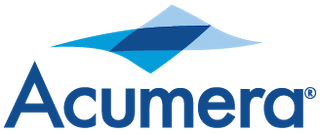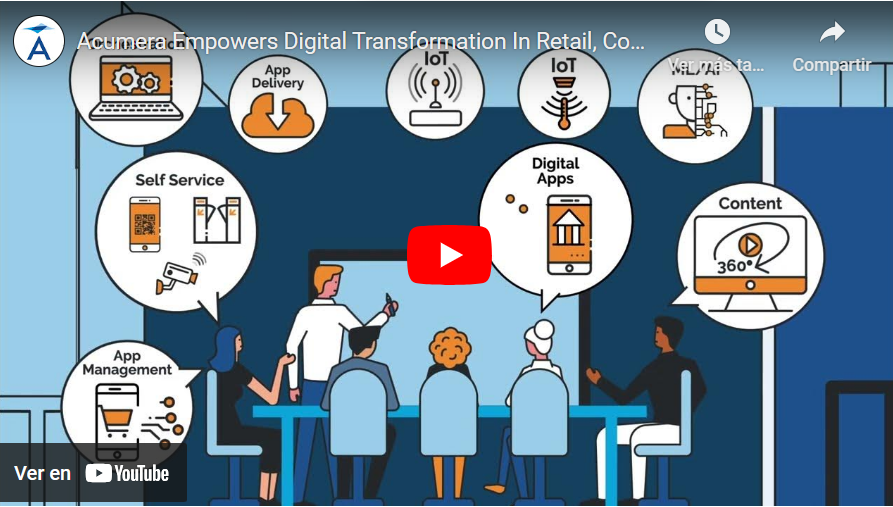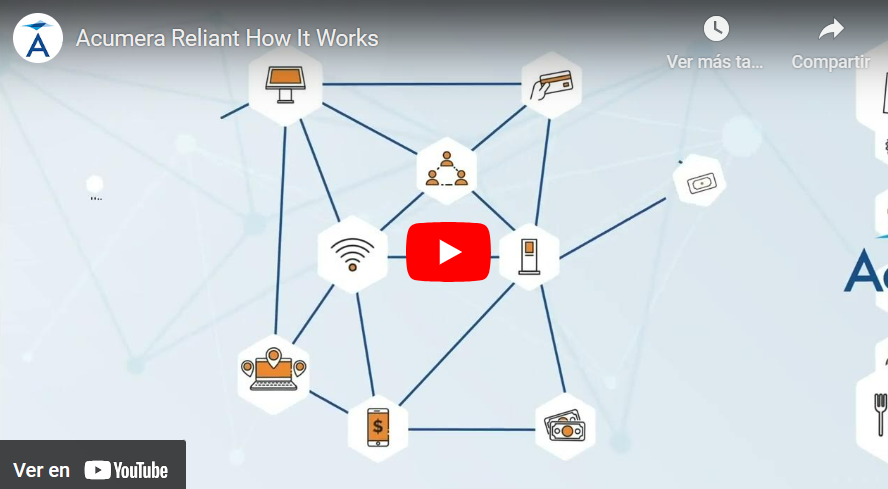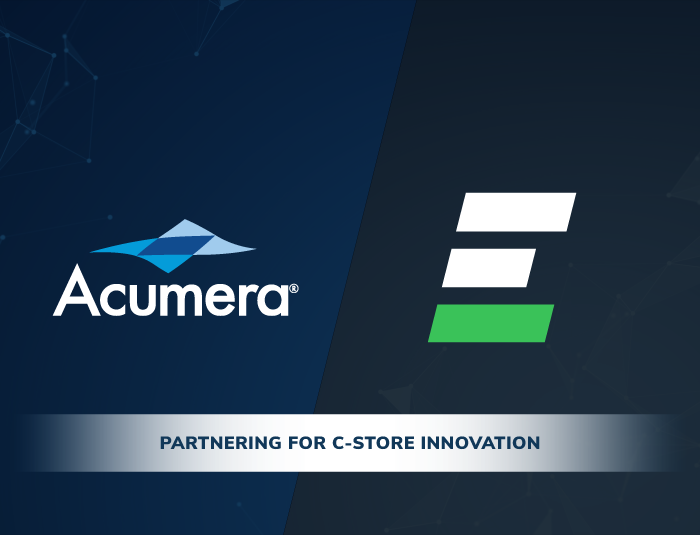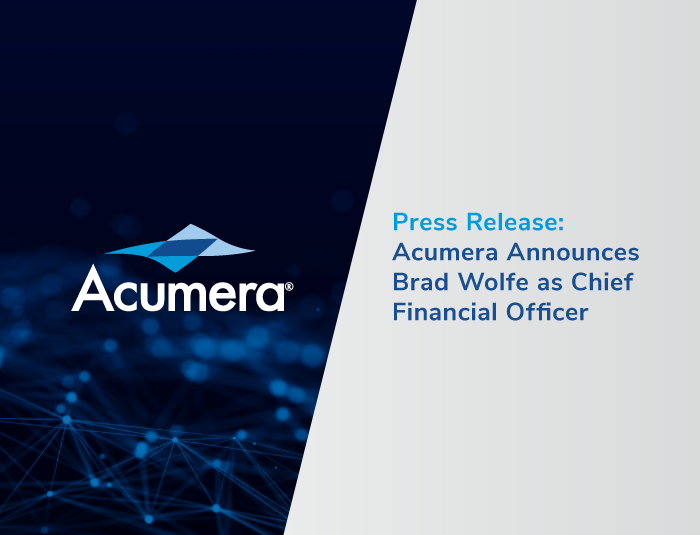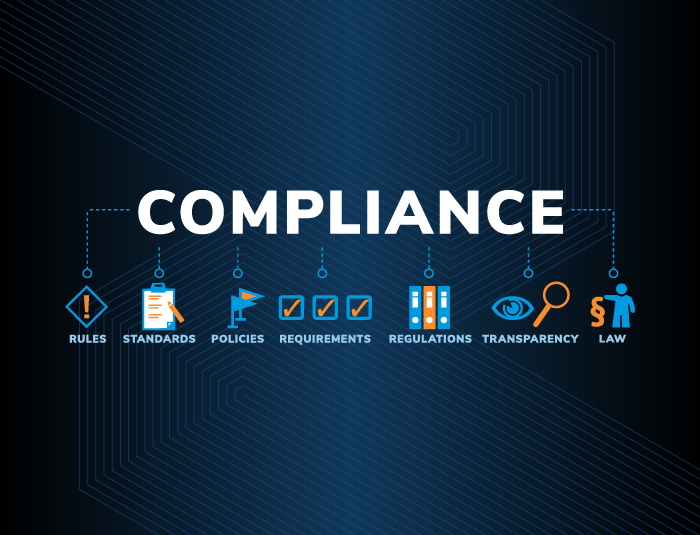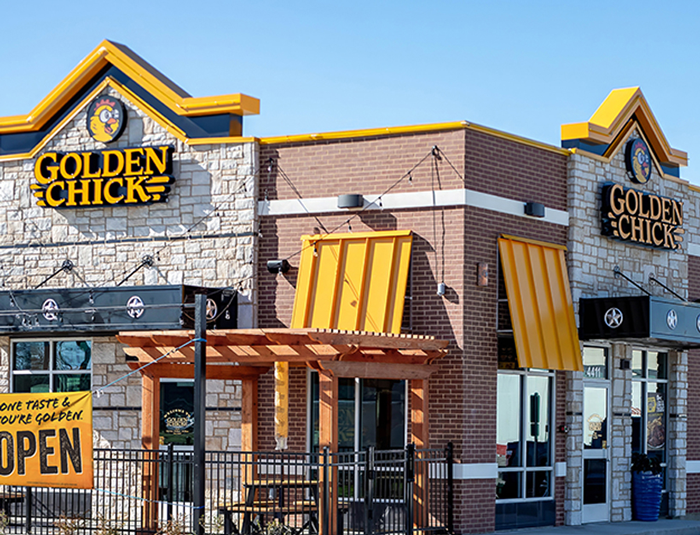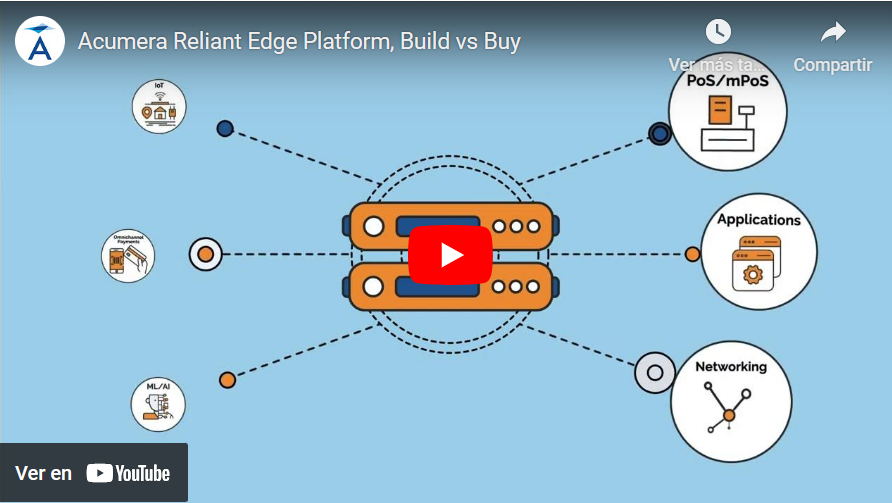
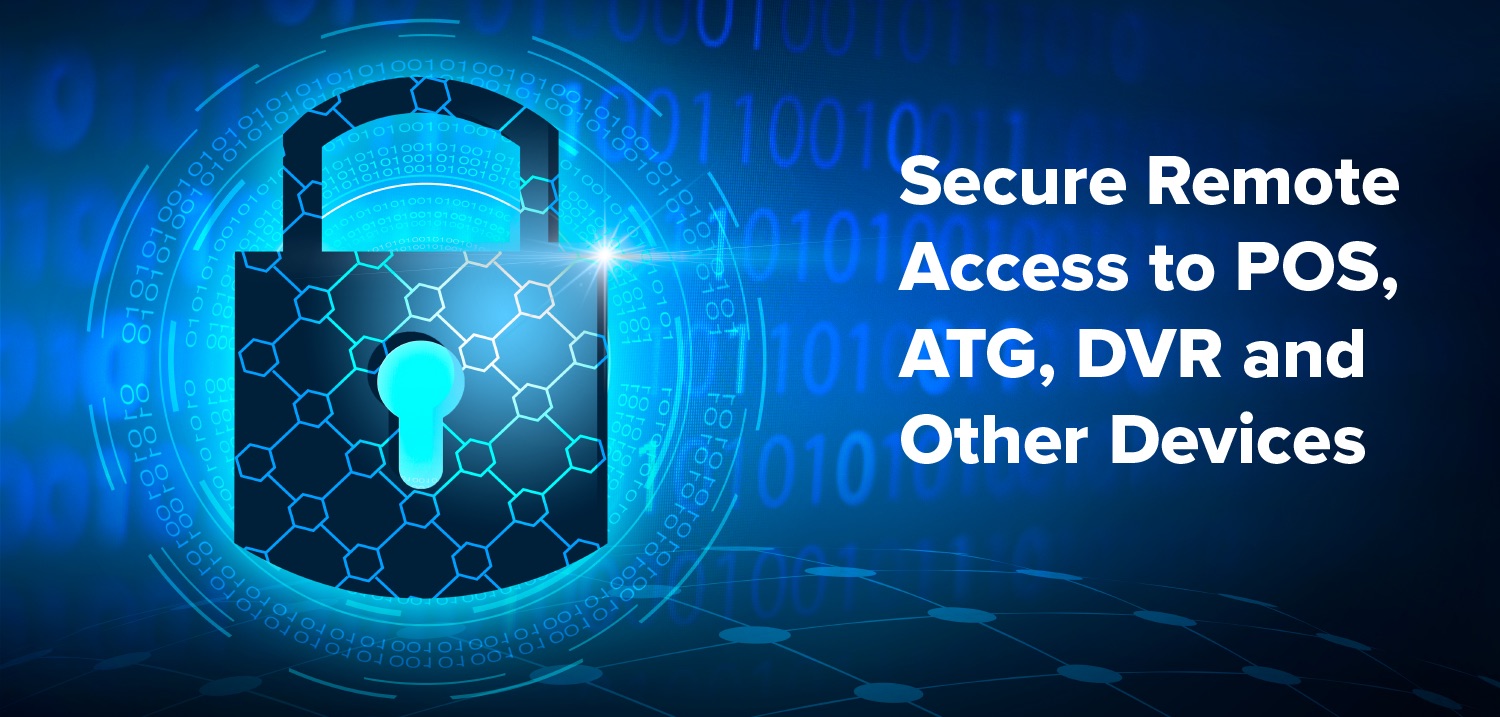
As a PCI-certified assessor, I’ve spent years helping businesses—especially in the retail and foodservice industries—navigate the often complex world of compliance and network security. One of the most common challenges I see multi-site operators face? Managing remote access securely and cost-effectively across all their locations.
From convenience stores and QSRs to retail chains, companies are under pressure to reduce costs, improve uptime, and resolve tech issues faster—without relying so heavily on expensive, time-consuming onsite visits.
Why I Recommend Secure Remote Access to My Clients
Many of the clients I work with have aging POS systems and legacy devices like ATGs and DVRs. Their IT teams are often stretched thin, and visibility across locations is limited. That’s where secure remote access becomes more than just a convenience—it’s essential.
But here’s the caveat: remote access must be secure and PCI DSS compliant to avoid introducing new risks.
PCI DSS Compliance Still Matters—Now More Than Ever
The requirements around remote access haven’t gone away—in fact, they’ve become more important with the PCI DSS 4.0.1 update. The two I highlight most often during assessments are:
- Requirement 8.2.8: For all remote access sessions, access to system components is automatically disconnected after a defined period of inactivity.
- Requirement 8.2.7: Accounts used by third parties to access, support, or maintain system components via remote access are enabled only during the time period needed and disabled when not in use, and monitored for unexpected activity.
I always stress that these aren’t just best practices—they’re mandatory if you want to maintain PCI compliance and avoid putting cardholder data at risk.
Why I Recommend AcuLink™ and the AcuVigil™ Dashboard
When clients ask me for a reliable, PCI-compliant way to manage remote access, AcuLink (available through Acumera’s AcuVigil Dashboard) is a solution I confidently recommend.
Why? Because it was clearly designed with PCI in mind:
- One-click activation of remote sessions
- Automatic disconnection for idle sessions
- Secure, ephemeral connections that are fully authenticated and logged
- Support for legacy systems like DVRs and ATGs
- Full alignment with PCI DSS requirements 8.2.7 and 8.2.8
Most importantly, it helps reduce truck rolls, accelerates issue resolution, and provides the visibility IT teams need to manage and support distributed environments—without compromising security.
Real-World Benefits I’ve Seen in the Field
Implementing AcuLink and AcuVigil has helped my clients:
- Avoid unnecessary technician visits
- Speed up time-to-resolution for support tickets
- Maintain strict compliance without adding overhead
- Access legacy infrastructure securely from anywhere
If you’re managing dozens or hundreds of sites, this kind of solution isn’t a luxury—it’s a lifeline.
My Recommendation
If you’re looking for a smart, scalable way to improve remote support while staying PCI compliant, I strongly encourage you to explore AcuLink and AcuVigil. From a compliance perspective, it checks all the boxes. From an operational perspective, it just makes sense.
👉 Explore AcuVigil
👉 Contact the Acumera Team
👉 Request a Demo
Additional Resources:
Explore AcuLink Remote Access Options
How to Prepare for Managed Network Service Provider (MNSP) Installations
